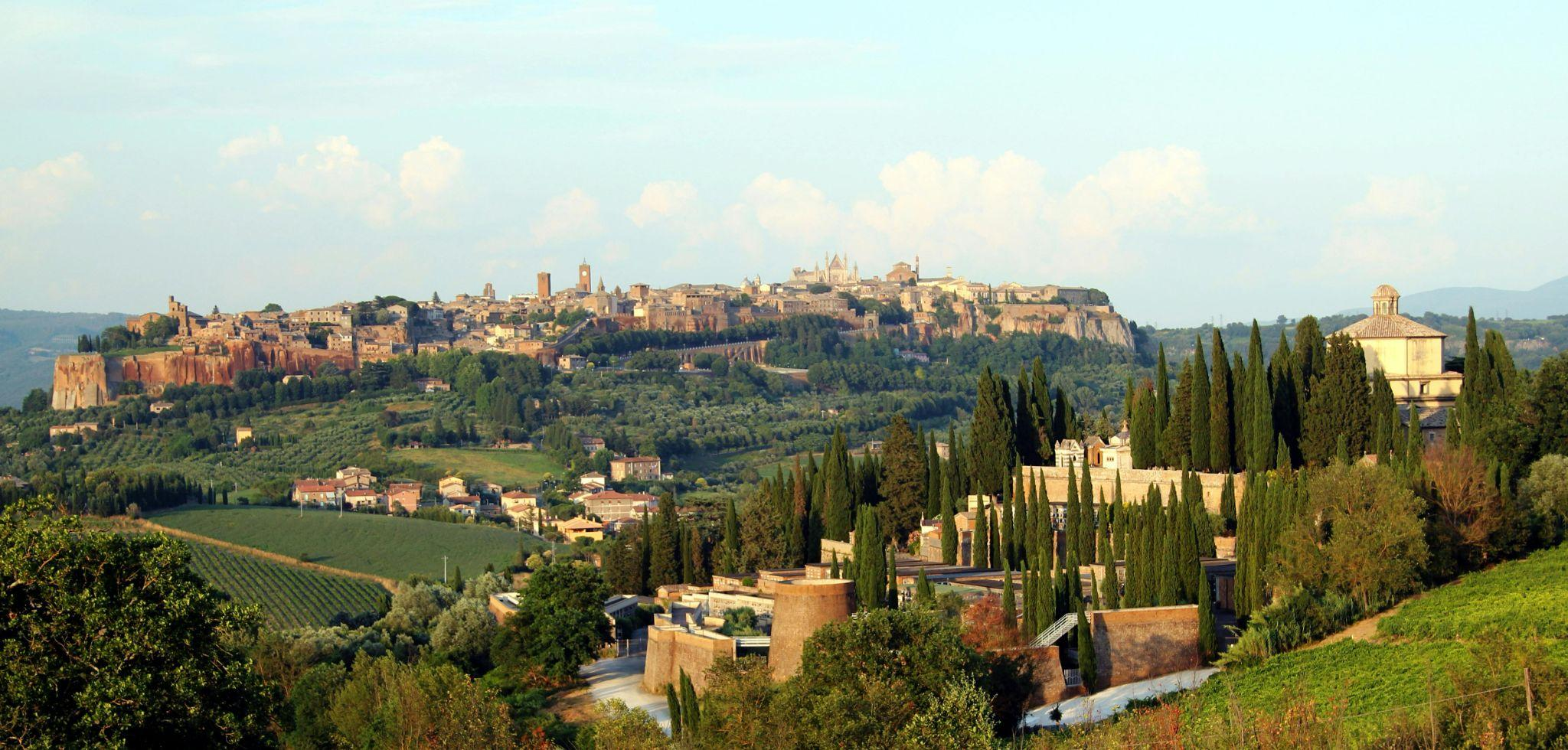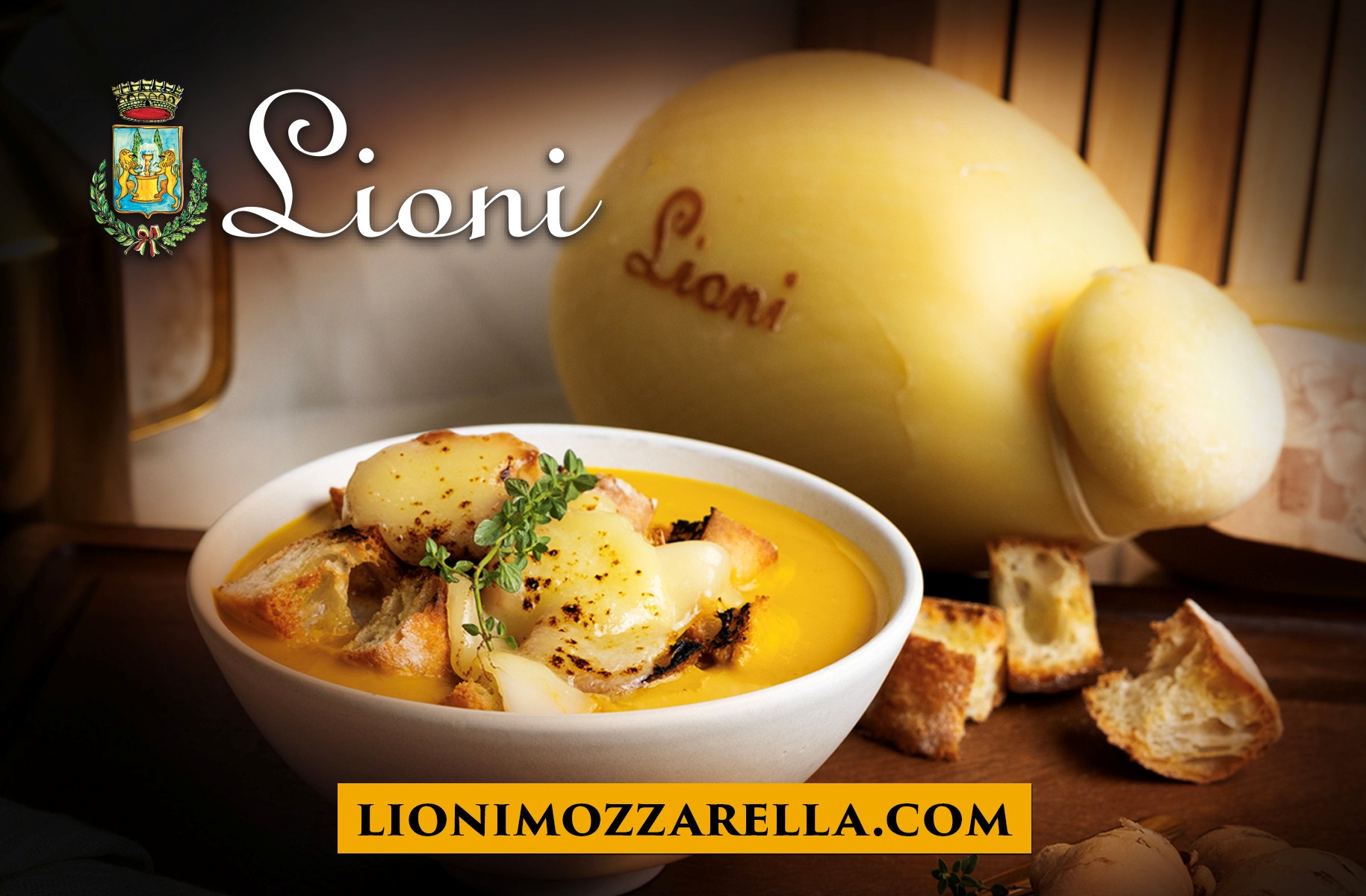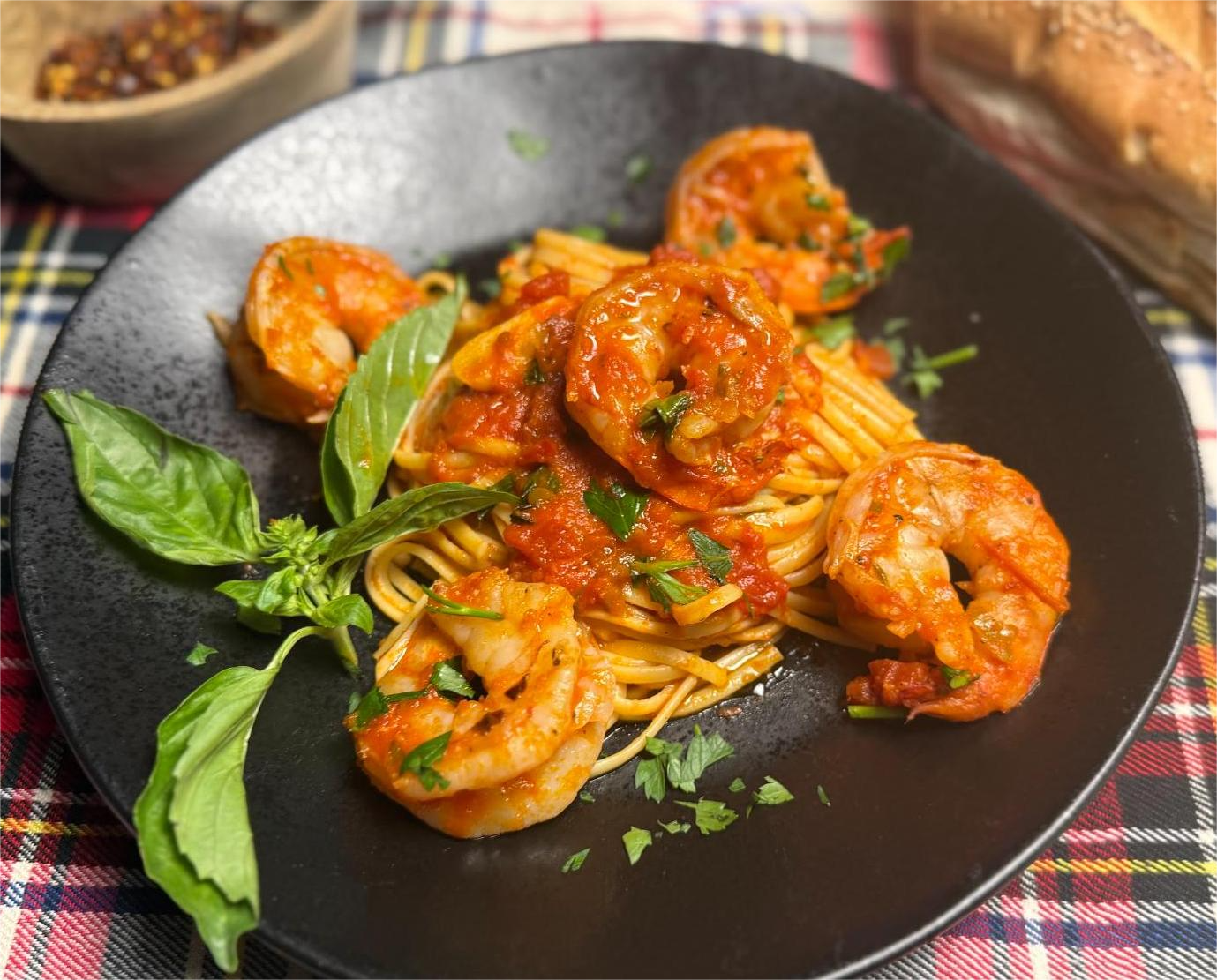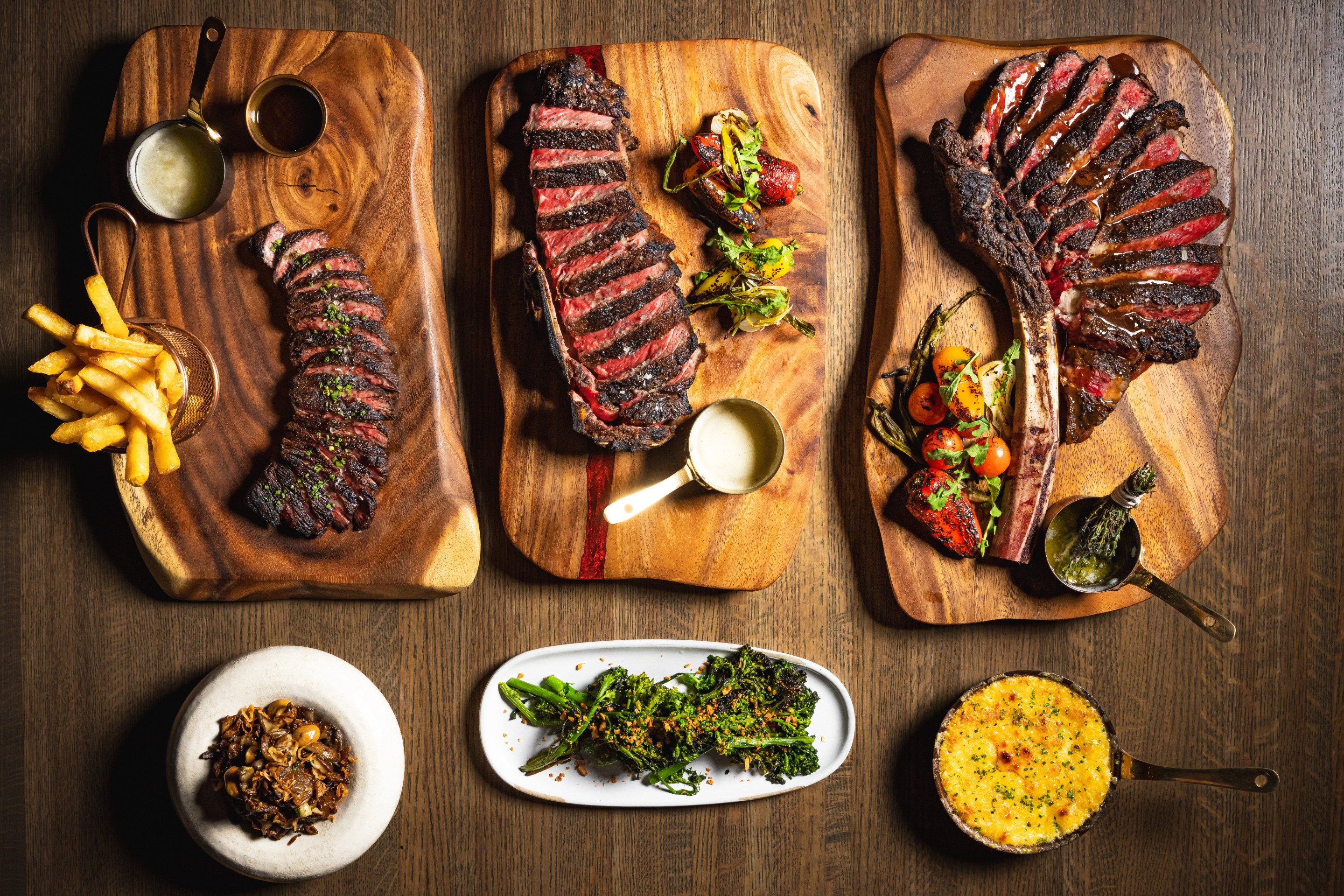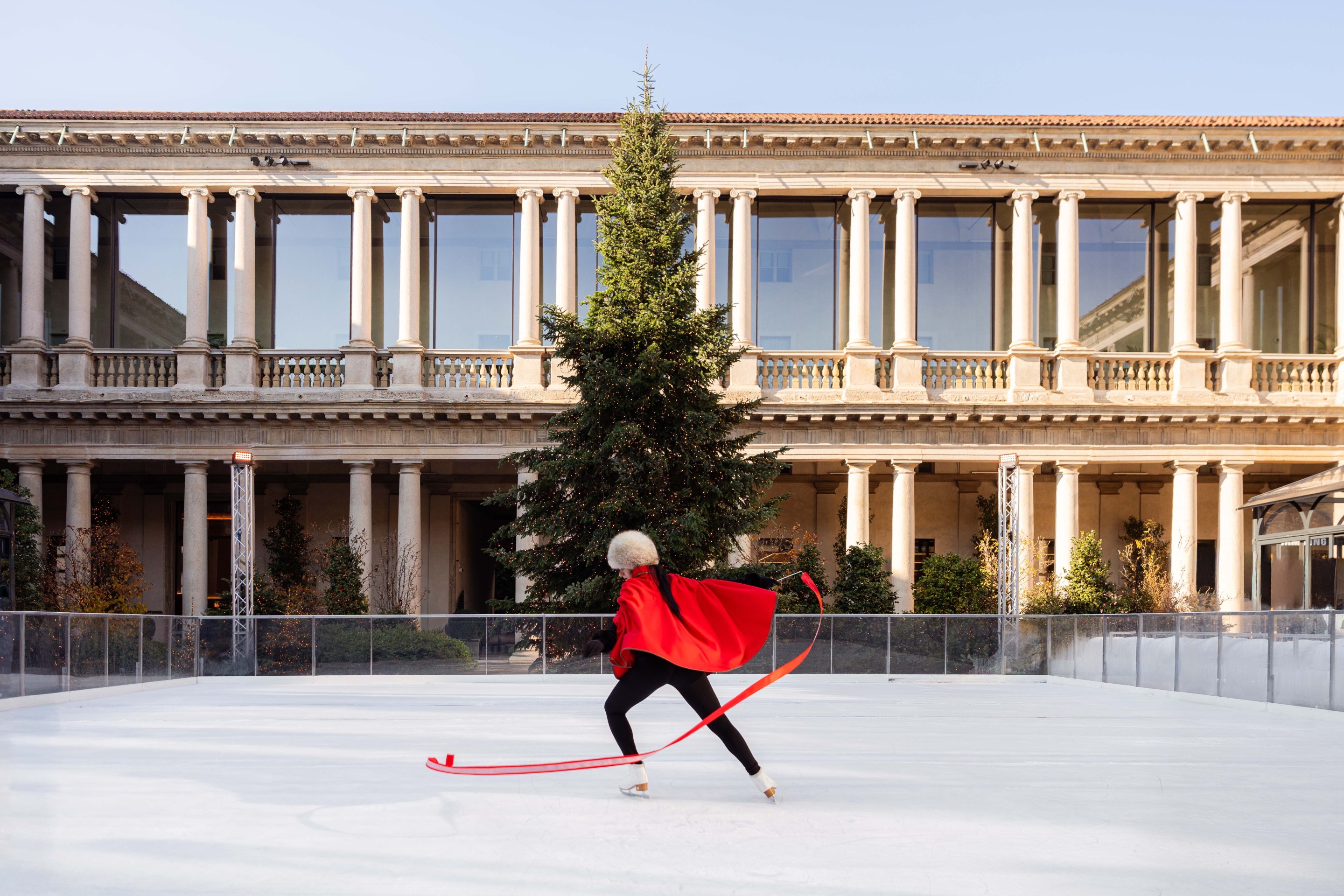In recent years, there has been a surge of interest in Tuscany’s landlocked little brother, Umbria. Gone are the days of it being relegated for adventurous or religious tourists. Umbria has now arrived, while still maintaining its charm thanks to its hilltop towns, hundreds of acres of truffle-filled forests, vineyards, and olive groves.
The “green heart” of Italy is convenient for travelers arriving from abroad due to its proximity to Rome. The region is certainly not a monolith, with a complex history dating back to the Etruscans, before the Romans, and having been under the control of the Pope until the 19th century. Above all, Umbria has flourished into a wonderful destination, with a storied and proud gastronomic tradition that is still mostly in the hands of artisans.
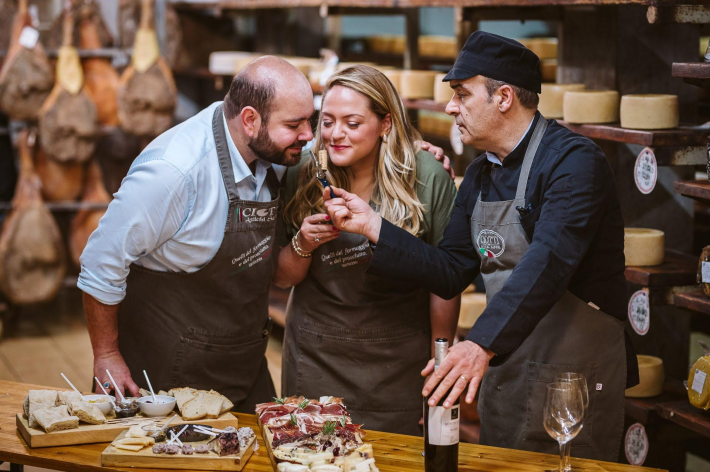
Here are some suggestions of ideas of how can enjoy unique towns in Umbria and sample incredible off the beaten path spots through the tours we offer at Bono Events International.
Assisi
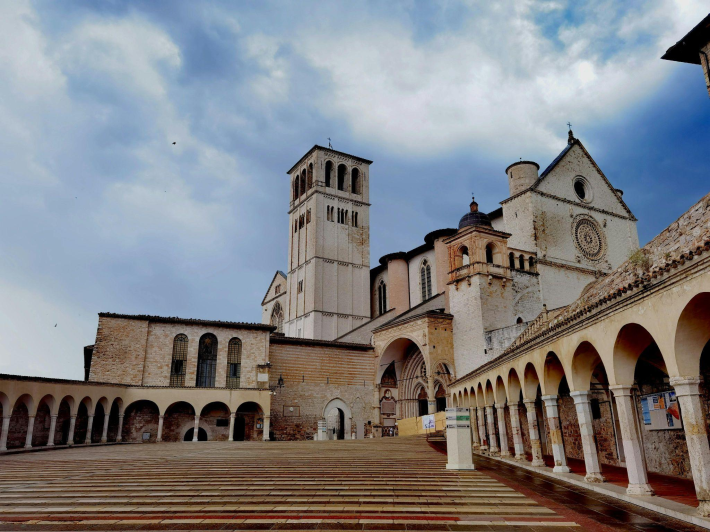
Known around the world for St. Francis, this enchanting Medieval hillside town with Roman roots is a great starting point for Umbria. Stroll along the picturesque streets and visit the UNESCO World Heritage double Basilica of St. Francis of Assisi, which boasts some amazing frescoes by Renaissance masters Cimabue and Giotto. Then take a break and walk through the Forest of St. Francis, a historically preserved geo-park, that you can access right next to the church, where you can walk in the steps of the famous saint and stroll in nature.
For lunch, discover the bounties of the artisanal masters at Ciotti Antichi Sapori in nearby Bastia Umbra. This is the gourmet cheese and meat store of your dreams, by the brothers Fabio and Francesco. Their creed is artisanship, tradition, and the best ingredients. Visit their aging cellars and see how the typical Umbrian norcineria is produced and where they season and mature locally sourced sheep and goat cheeses. Then sit with the producers in the cellars for a comprehensive lunch, tasting of their bounty.
Before heading to dinner, visit nearby Sportoletti Vineyards. It's a third-generation, family-owned cellar that specializes in typical Umbrian Grechetto wine, and in international varietals, producing some of the most interesting wines around, right at the foothills of Assisi. Finish with a meal at Malvarina, a local farm and agriturismo nearby, with a menu that changes daily based on the season. The dishes give prominence to the history of legumes in Umbria, and of course all things pork. Try the torta al testo, the typical circular lard bread, cut open and stuffed.
Orvieto
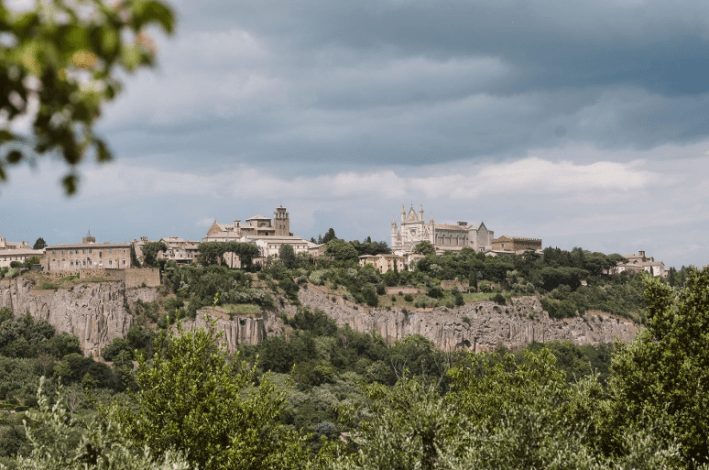
Orvieto is a unique hilltop town with 3,000 years of history, located on a steep volcanic stone plateau. The town’s skyline is crowned by the incredible gold-encrusted Duomo, but hides secrets of underground tunnels that date back to the Etruscans. A vibrant town that reached prominence in the Middle Ages as the favored refuge for many popes, Orvieto is sure to fulfill every fantasy you may have of a charming Italian hilltop town.
Begin with strolling along Corso Cavour, and pop into Montanucci, the beating heart of the town, for a cappuccino and a slice of their torta di semolina. Then head to Locanda Palazzone, only a 5-minute drive from the center. This vineyard is one of the most recognized producers of Orvieto Classico DOC, a white wine that has been produced for centuries near Orvieto, a unique blend of various white varietals. Here you can even visit an original Etruscan cave, where they still produce a small batch of wine using the ancestral Etruscan methods.
In the evening, head to the home of a local for a cooking class with wonderful views facing Orvieto. This is a genuine experience only possible through our contacts, sitting with an amazing home cook who will teach you how to make traditional Umbrichelli pasta, crostini with ingredients from the garden, the local lumachella Orvietana (yeasted dough, filled with guanciale and pecorino, shaped into a coil), and zuppa inglese or crostata for dessert. Enjoy an all-fresco dinner as the sun goes down.
Norcia
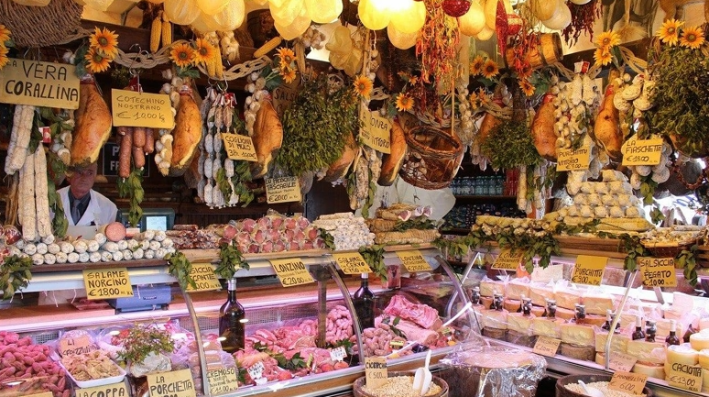
Nestled away in the Nera River Valley and under the Monti Sibbilini mountains, Norcia is unique compared to other towns in Umbria. It has a much colder climate and green valleys, too cold for vineyards or olive trees, but ripe for truffles. Norcia is a medieval walled city, entirely walkable in 15 minutes, with unmatched importance to the history of Europe, as monastic orders prospered here, with St. Benedict, which kept knowledge alive during the Dark Ages. The town has suffered much due to earthquakes, the most recent coming in 2017, but reconstruction is almost complete.
Start your day in the nearby Castellucio Valley, truly a unique landscape, one of the highest plateaus in Europe, you can enjoy a leisurely hike or horseback ride in the verdant landscape. Even better, if you manage to come in summer during the lentil flower blossoming, as the entire plateau is alive with reds, yellows and purples. Back in Norcia for lunch, try Salsiccia Bar, where they serve homey dishes, with local ingredients, above all the wonderful sausages, local IGP lentils, and truffles.
Then discover another important contribution of Norcia to gastronomy: prosciutto. Those same benedictine monks first began aging ham legs in the cool caverns surrounding Norcia. These skills were developed here, and to this day Norcineria for Italians means all aspects of pork butchery and preparation of charcuterie. At Norcineria Ansuini, only through our tours, you can go behind the scenes, see how the salami, prosciutti and salsicce are made, visit the last prosciutto aging cellar still within the city walls. Then sit for a tasting of Prosciutto di Norcia IGP and all the other gems, accompanied with wine from Montefalco.
